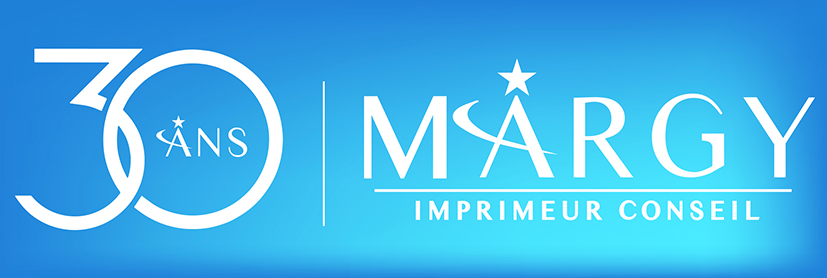Cross-media is a savvy communication technique that uses a variety of media in the same communication campaign. While the rise of digital marketing suggests that print is on the wane, this marketing strategy relies on print, thanks in particular to the latest print techniques such asvariable printing.
So how does cross-media play out in practice in an advertising campaign, and what influence does it have on print communications?
How does cross-media work in an advertising campaign?
Cross-media is based on an approach that gives priority to several communication media in line with the target audience, most of the time playing on the complementary nature of these media. An advertising campaign can use paper communication (distribution in the form of flyers or via letterboxes) to encourage people to visit a website link or offer a QR-Code to be scanned to discover a gift, a promotion or a new article. This is also the case when a TV ad encourages people to visit a brand’s website or Facebook page. Several media work together in a complementary way to promote the same brand, for the same communication campaign.
This combination of different media (television, print, smartphones, etc.) makes it possible to make the most of the public’s habits by offering them content tailored to their needs. The use of cross-media in an advertising campaign makes it possible to combine digital marketing and print advertising, as we have already mentioned, rather than placing them in opposition. So what impact does this communication technique have on theprint industry?
The influence of cross-media on print and paper communication
Cross-media plays an essential role in today’s printing industry. As with any sector or business in crisis, the printing industry has had to reinvent itself in order to survive, particularly in the face of the exponential rise of digital marketing. The perfect example of this isvariable data printing, which enables personalised data to be printed, a technique used particularly in the field of direct marketing.
A concrete example is a personalised discount voucher that you receive in your letterbox after signing up for a loyalty card with a retailer. The customer then receives a discount code in their letterbox, encouraging them to make a purchase, or a product catalogue bearing their name.
In this case, the printer is a strong link in the communication chain. Rather than being at the end of the chain playing the role of an offset press, the printer provides the brand with a printer capable of targeting each customer directly, thereby personalising the relationship with the customer.
In addition to variable data printing, in the case of direct mail, the printer is responsible for cutting, finishing and folding.
So the printing industry still has a bright future ahead of it. While it has to be said that cross-media has given this industry a boost, it has also been able to evolve technologically, enabling us to have an intelligent printing industry today, withPrint-On-Demand, for example, which makes it possible to print a copy at the request of a reader, or in the context of generative design with HP Indigo digital presses and Mosaic software, which has been successful in printing single copies of millions of Coca-Cola bottles.
Read other articles:
 01 44 52 02 02
01 44 52 02 02
